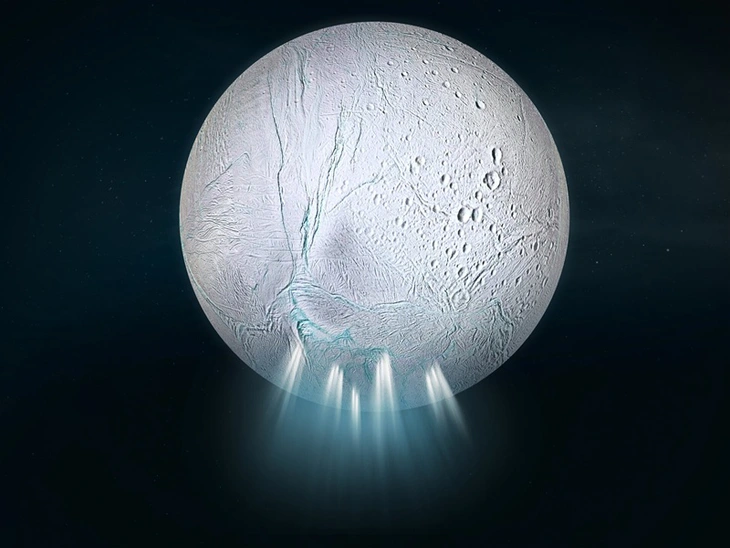
Ice columns on Saturn's moon Enceladus - Photo: ESA
Enceladus is only 505km wide, smaller than the state of Colorado (USA), but hides a giant ocean of salt water under its icy crust. Thanks to its liquid water, hydrothermal energy and the necessary chemical components, Enceladus is considered to have the potential to host alien life.
According to LiveScience on October 2, more than 20 years ago, NASA's Cassini spacecraft discovered evidence that a saltwater ocean was spraying tiny "ice particles" through cracks near Enceladus's south pole.
Subsequent analysis showed that these ice particles contained five of the six basic elements necessary for life: carbon, hydrogen, nitrogen, oxygen and phosphorus, lacking only sulfur.
However, most previous studies have been based on long-lived ice particles in Saturn's E ring, leaving scientists uncertain about their origin.
The new study analyzed ice grains collected directly by Cassini in 2008 as it flew through an ice plume on Enceladus. Data from its space dust analyzer showed that these grains collided at extremely high speeds, revealing previously undetected chemical signals.
The team also analyzed the chemical footprint of molecules in the ice grains collected directly by Cassini. They found chemical components (present on Earth) involved in reactions that lead to the formation of organic molecules necessary for life, including nitrogen, oxygen, and precursors to amino acids (one of the basic building blocks of life), in the ice grains on Enceladus.
According to the research team, these molecules demonstrate that the complex organic compounds Cassini detected in Saturn's E ring are not the product of long-term exposure to space, but are present in Enceladus' ocean.
There are many ways these molecules could become biologically relevant, "which is thought to increase the likelihood that Enceladus could be habitable," said Nozair Khawaja, a co-author of the study at the Free University of Berlin in Germany.
The European Space Agency (ESA) is planning a mission to land on Enceladus' south pole to collect samples directly, with a launch expected as early as the early 2040s.
The study was published in the journal Nature Astronomy .
Source: https://tuoitre.vn/nasa-tim-thay-thanh-phan-nuoi-duong-su-song-duoi-lop-bang-mat-trang-sao-tho-20251003121836865.htm



![[Photo] Closing of the 13th Conference of the 13th Party Central Committee](https://vphoto.vietnam.vn/thumb/1200x675/vietnam/resource/IMAGE/2025/10/08/1759893763535_ndo_br_a3-bnd-2504-jpg.webp)






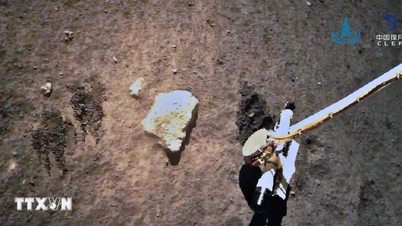



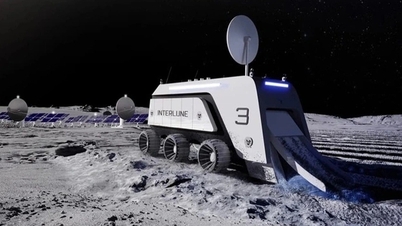
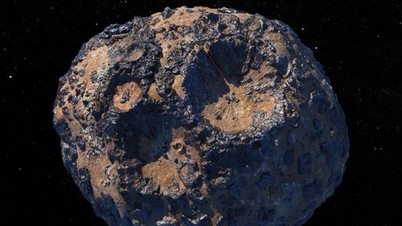
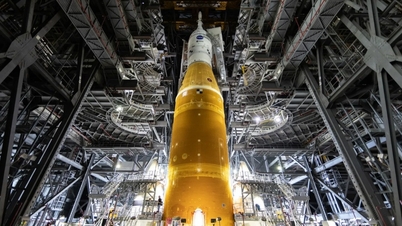













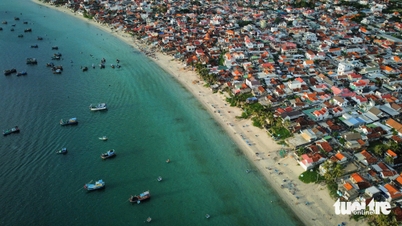
































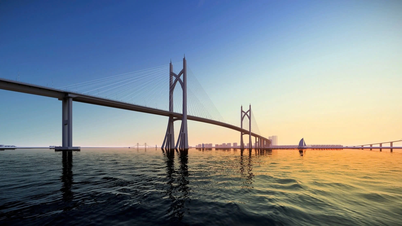






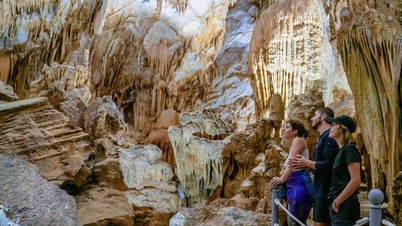








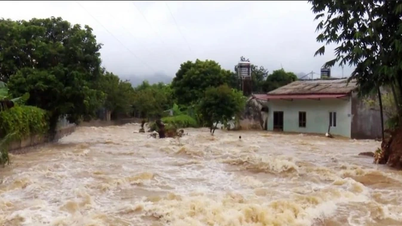



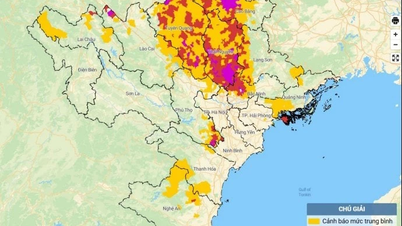
















Comment (0)